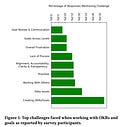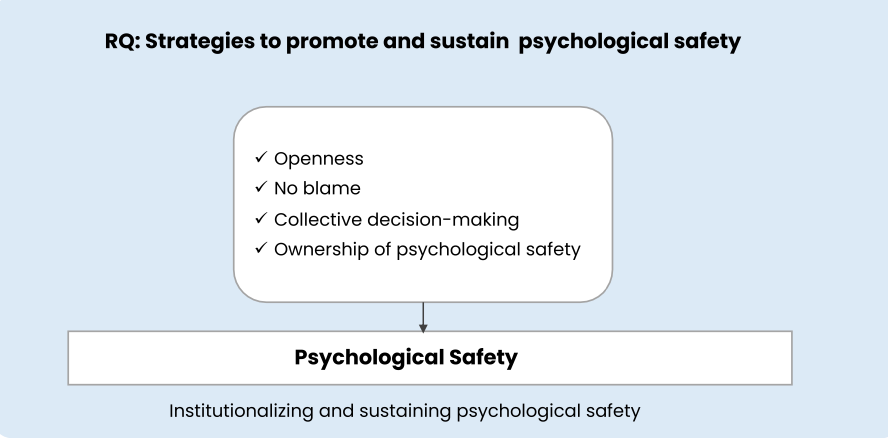RDEL #64: Our most popular posts on engineering management
This week we compile and summarize our most popular research reviews that relate to engineering management tactics and techniques.
Welcome back to Research-Driven Engineering Leadership. Each week, we pose an interesting topic in engineering leadership and apply the latest research in the field to drive to an answer.
Since launching RDEL, we’ve reviewed dozens of studies on how engineers, teams, and organizations work. This week, we’re compiling and summarizing our three most popular studies on engineering management techniques.
1. How can engineering managers improve the OKR and goal setting process? (RDEL #25)
Research Focus:Researchers explored the effectiveness of the OKR process within a large engineering organization, identifying key challenges and best practices to enhance alignment, goal-setting, and cross-team collaboration in software teams.
Study Methodology: They conducted 47 interviews and surveyed 512 engineers at a single company, analyzing the data through thematic analysis and statistical methods.
Top Findings:
20% of teams felt not effective at all at setting OKRs, and only 45% felt effective at measuring them.
Data access issues due to compliance or complexity were a common obstacle to effective measurement of OKRs.
Cross-team alignment was challenging, especially when teams' OKRs weren't aligned.
In determining best practices for OKRs, researchers found that
Higher OKR maturity correlated with more industry experience, a unified mission, and remote work.
Higher experimentation and rapid iteration correlated positively and significantly with OKR maturity.
Application for Engineering Leaders:
To improve the OKR process, engineering managers can invest in a number of strategies:
building data pipelines to ensure accurate OKR tracking
sharing OKRs across the entire organization for better alignment
enhancing communication to connect team objectives with organizational goals.
Encouraging consistent OKR adoption will improve goal-setting effectiveness and foster a culture of continuous improvement.
2. What makes a great manager of software engineers? (RDEL #2)
Research Focus: Microsoft researchers studied key attributes that characterize great engineering managers.
Study Methodology: They conducted interviews and surveys with over 700 engineering managers and engineers to rank 15 important managerial traits.
Top Findings:
"Maintains a positive work environment" scored the highest, with a mean of 9.05/10.
"Grows talent" and "enables autonomy" followed, scoring 8.98 and 8.91, respectively.
"Being technical" ranked low at 14th out of 15 for engineers, indicating it's less important than interpersonal skills.
Key takeaways:
Though engineering leaders often use technical acumen to climb the career ladder, it is actually their interpersonal skills that demonstrate good engineering leadership. Engineering leaders can improve their management skills most by creating a supportive environment for their team. For example, by empowering engineers to own their decisions and take on challenging projects, managers build a culture of high psychological safety and team cohesion.
3. How do agile development teams build psychological safety? (RDEL #52)
Research Focus: Researchers investigated how psychological safety is cultivated in Agile development teams, focusing on leadership, team dynamics, and individual behaviors. They also looked at how managers can cultivate psychological safety within their engineering teams.
Study Methodology: They used a mixed-methods approach with 18 interviews and a survey of 365 participants to assess factors contributing to psychological safety.
Top Findings:
A no-blame culture had the strongest positive impact on psychological safety (β = 0.26).
Additional factors that were highly correlated with psychological safety included
Leadership ownership (β = 0.14).
Collective decision-making (β = 0.21).
Openness in communication (β = 0.15).
Application for Engineering Leaders: Engineering leaders can foster psychological safety by building and modeling a no-blame culture, inviting team members to participate in decision-making to enhance ownership, and maintaining open lines of communication. Regularly solicit and act on team feedback to reinforce a culture of trust and collaboration, aligning with agile principles. These practices help build a safe, transparent environment where innovation and continuous improvement thrive.
—
We hope this compilation can be a handy guide for you in how to improve your engineering leadership skills (in a research-backed way). We’d love to hear your thoughts on this format!
Until then, have a great research tuesday.
Lizzie





